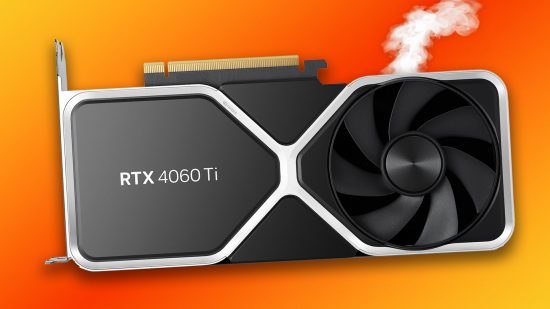Microsoft has devised a system to massively reduce the amount of VRAM required by ray tracing in games, potentially meaning that we don’t need to keep piling more and more memory onto future graphics cards. If it gets implemented into plenty of games, it could be good news for owners of Nvidia and AMD graphics cards with less than 12GB of memory, as these often struggle with the demands of ray tracing in today’s games, even when the GPU can keep up.
Nvidia and AMD have taken very different approaches when it comes to VRAM and GPU power in today’s best graphics cards, with Nvidia going hard on ray tracing performance, but not providing enough VRAM to accompany GPUs such as the RTX 4060 Ti 8GB. Meanwhile, AMD’s latest GPUs often have loads of VRAM, but lack comparative ray tracing power. Nvidia’s approach could pay off if this idea from Microsoft bears fruit, though.
In my own testing, I’ve found that having a limited amount of VRAM can severely impact ray tracing performance, with frame rates falling off a cliff. As a case in point, the RTX 4060 Ti 8GB drops right down to an average of 57fps (with a 29fps minimum) in Doom Eternal at Ultra Nightmare settings with ray tracing enabled. Comparatively, the 16GB Intel Arc A770 averages 189fps in the same test, not because its GPU is more powerful (it isn’t), but because it has the memory to cope with it.
It’s a situation that Microsoft hopes to address with a new patent, which outlines a variable approach to the quality of detail in a ray traced scene, similar to the way games vary texture and geometry detail already. The patent refers to a process that assesses the level of detail (LOD) in a scene before it’s ray traced, based on a hierarchy of objects – basically, there’s no need to ray trace complicated details that you’re unlikely to notice, perhaps because they’re small or far away in the scene.
The first step is to “retrieve a first level of detail value from a level of detail residency map for a sub-tree corresponding to a bounding volume hierarchy of objects.” The pipeline then determines a second level of detail value for this sub-tree, and a final level of detail is then determined by comparing the two results, and it’s this data that’s stored in VRAM and ray traced.
“To have a more manageable pool [of data],” says the patent, “the acceleration structures can be managed with levels of detail for different geometry segments resident in the random access memory (RAM). This can be enhanced by letting the graphics processing unit (GPU) determine, in a current frame N, the projected size of each bounding volume in the acceleration structure that is hit by primary rays.”
Although the patent, as spotted by Tom’s Hardware, is primarily concerned with memory footprint, rather than raw ray tracing performance, reducing the amount of VRAM used by ray tracing could have a huge impact on gaming performance on cards with 8GB or less. As the patent notes, several parts of the 3D graphics pipeline, such as textures and geometry, are already competing hard for memory space, and ray tracing often makes it hit a ceiling.
This is only a patent for now, of course, and it may well be a while before its ideas are implemented (if ever), but it’s great to see moves for games to use less VRAM while still enabling ray tracing.
In the meantime, if you’re planning to build a gaming PC, we only recommend opting for 8GB or lower on a sub-$300 1080p gaming card, such as the Radeon RX 7600 or GeForce RTX 4060. For anything else you want at least 12GB, or preferably 16GB, especially if you plan to enable ray tracing.
